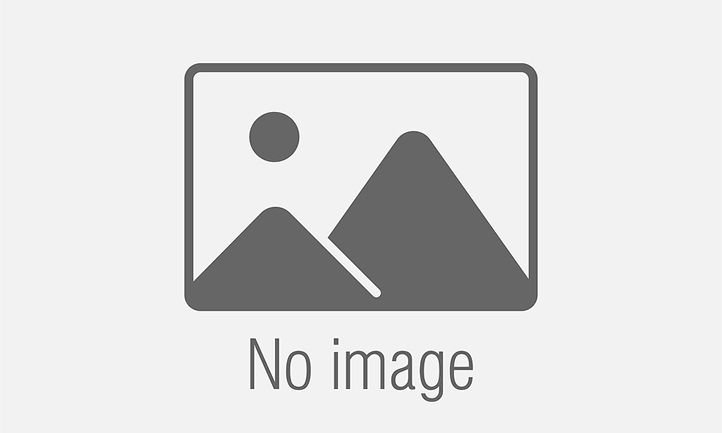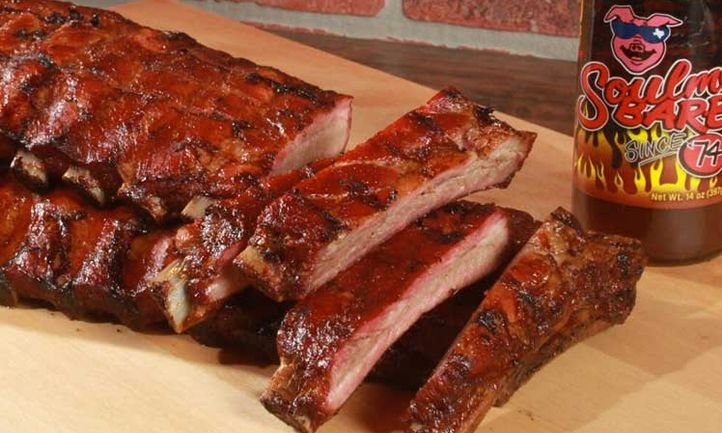No matter how deep Hezbollah’s bench is, the killing of its top leader Hassan Nasrallah following an Israeli airstrike against the southern suburbs of Beirut is a devastating blow to the organization – undoubtedly the worst in its history.
Hezbollah has navigated moments of peril since its inception in 1982. It fought Israel, one of the world’s mightiest armies, for more than 18 years to liberate southern Lebanon, finally achieved in 2000.
In 2005, Hezbollah lost Syria’s direct patronage when the latter was forced to withdraw its troops from Lebanon following a Lebanese popular uprising and US-led international pressure. The group had to adjust internally and instead of pushing for Lebanese unity, it elected to replace Syrian rule of Lebanon with its own—never easy nor smart given Lebanon’s sectarian makeup and system of checks and balances, which have frustrated the attempts of any single group seeking to control politics in Beirut.

ATTA KENARE/AFP via Getty Images
Then in 2006, Hezbollah clashed with Israel for 34 days. This was a conflict from which it was very hard to recover given the massive death and destruction it produced across Lebanon, and especially among the Shiite support base of the group.
Six years later, Hezbollah was forced to intervene in Syria’s conflict to save its ally Syrian President Bashar al-Assad, losing a great number of men and popularity among Arabs.
Throughout its confrontation with the Jewish state, major figures, including Abbas Al-Musawi, Imad Mughniyeh, Mustafa Badreddine, and Fuad Shukr were eliminated by the Israeli military.
Yet, the one thing that allowed Hezbollah to weather these storms and maintain its internal cohesion was Nasrallah himself. It is no exaggeration to say that he was the brain, the spinal cord, and the beating heart of Hezbollah. Without him, it’s very hard to see how Hezbollah will think, move, and inspire the way it did before an Israeli fighter jet struck Nasrallah’s bunker in Dahiya, a suburb of Beirut.
Nasrallah’s influence and popularity extended well beyond Lebanon’s borders. His name was chanted among Shiites from Afghanistan to Yemen. His clout inside the Iranian regime was so great that it topped even that of Ayatollah Ali Khamenei’s closest advisors. Even his fiercest enemies in Israel and the West respected him for his oratory abilities, organizational skills, and strategic wit. Whether you like him or hate him, Nasrallah undoubtedly had charisma that was unique in the Arab world.
For many years, Nasrallah, perhaps better than any other Arab leader, knew how to read Israel—its government, its military and its society. He knew, or at least he thought he knew, its vulnerabilities and limits, which he sought to exploit to survive and even flourish.
But he failed to see that today’s Israel is very different from any he had dealt with before. He failed to see that this Israeli government is like no other—the most extremist and aggressive in the history of the Jewish state. He failed to understand that no matter who was in charge in Israel, no leader was going to accept the depopulation of almost all of northern Israel due to the group’s rocket and missile strikes.
Nasrallah’s decision to aid Hamas in Gaza by opening a front against Israel on Oct. 8 was a gamble, and it backfired big time. Not only did it fail to support Hamas in any meaningful way—Hamas is currently decimated militarily—but it brought nothing but ruin to Hezbollah and as always, to Lebanon as a whole. To say that Nasrallah miscalculated would be a gross understatement, and his mistake proved to be mortal.
Whether in business, government, or the military, it’s incredibly hard to run an organization of hundreds of thousands of people, let alone one that is constantly at war or looking for the next fight. But Nasrallah did not make it any easier by choosing Lebanese division over union and by making more enemies than friends. His divisive and uncompromising speech, tactics, and vision made it a lot easier for Israel to recruit Lebanese spies, possibly even within the group. Even in Nasrallah’s worst nightmares, he wouldn’t have seen his organization getting infiltrated this deeply by Israel’s intelligence agencies. But that’s precisely what happened.
What the day after looks like for Hezbollah is vastly uncertain. There’s a technical process, but then there’s a political-strategic one. The former led to the selection of Hachem Safieddine to succeed Nasrallah. Although Safieddine, head of the executive council of Hezbollah, will find it virtually impossible to fill the shoes of Nasrallah, he’s the best choice among the remaining senior officials of the group. The rest have been eliminated, or are not up to the task of leadership. Safieddine will inherit an organization in an active war whose members can barely meet or communicate without risking getting blown up by Israeli technology or aerial strikes.
Abbas Al-Musawi presided over Hezbollah 1.0 until he was killed by an Israeli Apache helicopter on Feb. 16, 1992. Nasrallah led Hezbollah 2.0 until his killing by Israeli bombs on Sept. 27. Hezbollah 3.0 will be more volatile, at least in the short to medium term, because the leadership is decimated, money is very tight, and the bureaucracy is destroyed. On top of that, the future of Iranian sponsorship is anything but clear while Israel seems to have finally gotten Hezbollah’s number.
The organization won’t fold immediately as it still has hundreds of thousands of fighters and missiles, but to survive it will be forced to adjust. It could morph into a political entity and hand over its weapons to the Lebanese army, and with that win the backing of all Lebanese. Or it could stay the course and risk further self-destruction. Whatever Hezbollah decides will have long term implications for not only its future but that of Lebanon and the entire region.
Bilal Y. Saab is the Head of the U.S.-Middle East Practice of TRENDS Research & Advisory.
The views expressed in this article are the writer’s own.











